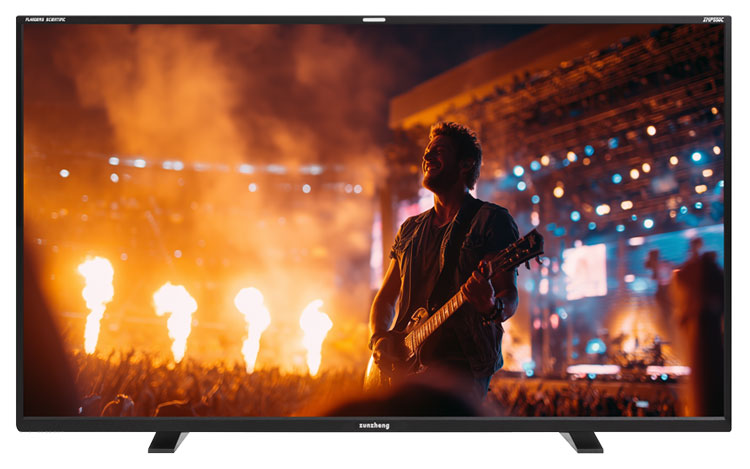Quad View Mode with 4 Channel LUT Support
Ideal for multi-camera setups, XMP series monitors let you display up to 4 signals on-screen simultaneously. With a single button press, you can toggle Quad View Mode on or off, making it easy to view 2, 3, or 4 inputs at once or to switch back to any single input full screen.
Best of all, Quad View mode no longer requires gen-lock synchronization. Simply connect sources of the same frame rate, and the monitor handles the rest.

Additionally, Quad-View Mode offers 4 channel LUT support so that each quadrant can have its own unique 3D LUT applied.

Independent Color Space Configuration per Input
Each input can optionally be configured with completely independent color space parameters and these can all be viewed on screen at the same time. Select different gamuts, EOTFs, white points, and luminance parameters for the ultimate level of per input configuration flexibility. Prefer to keep things simple with a single global setting for all inputs? No problem, the monitor allows you to use it that way as well.
Simultaneous Monitoring of HDR & SDR
Quad view mode combined with independent color space configuration per input accommodates a very popular request, viewing HDR and SDR on screen at the same time. This can be especially useful on set where there often isn’t the space or budget for independent HDR and SDR displays at every location.





